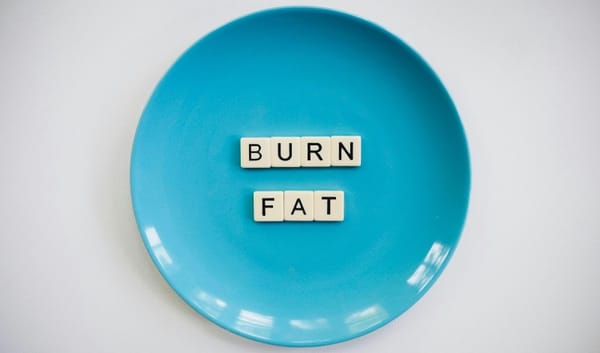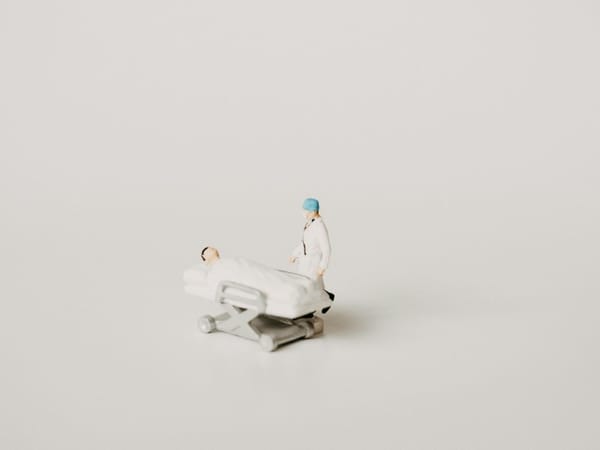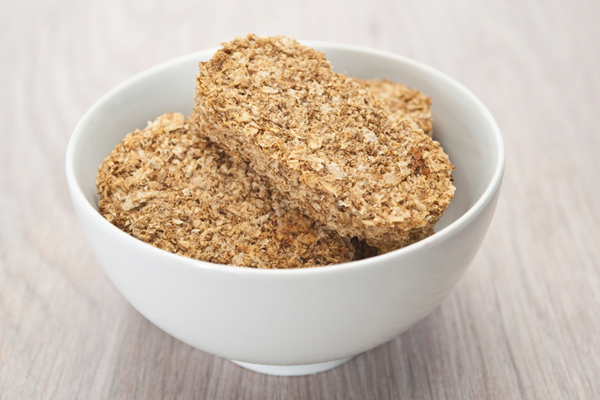Vitamin D is a crucial nutrient that plays a vital role in maintaining overall health. While our bodies can produce vitamin D when exposed to sunlight, many people don't get enough from sun exposure alone. Fortunately, certain foods can help boost your vitamin D intake. In this article, we'll explore the best food sources of vitamin D and how to incorporate them into your diet.
Why Vitamin D Matters
Before diving into the food sources, it's important to understand why vitamin D is so essential:
- Supports bone health by helping the body absorb calcium
- Promotes a healthy immune system
- Aids in muscle function
- May help reduce the risk of certain diseases
The recommended daily intake of vitamin D for most adults is 15 micrograms (600 IU), with higher amounts recommended for older adults[6].
Top Foods High in Vitamin D
1. Fatty Fish
Fatty fish are among the best natural sources of vitamin D. Some excellent options include:
- Salmon: A 3-ounce serving of salmon can provide 10 to 18 micrograms of vitamin D, depending on the type[7].
- Rainbow Trout: A 3-ounce serving contains about 16 micrograms of vitamin D[7].
- Mackerel, herring, and sardines: These fish also offer significant amounts of vitamin D[7].
tip: try baked fish cakes with canned salmon for an easy, vitamin D-rich meal[7].
2. Canned Tuna
Light tuna in a can is an affordable and convenient source of vitamin D. A 3-ounce serving provides about 6 micrograms[7].
serving suggestion: instead of mayo, mix your tuna with dijon mustard, olive oil, and lemon juice for a healthier sandwich spread[7].
3. Egg Yolks
While not as high in vitamin D as fatty fish, egg yolks do contain some of this important nutrient. One large egg yolk provides about 1 microgram of vitamin D[1].
4. Mushrooms
Certain mushrooms can be excellent sources of vitamin D, especially when exposed to UV light. Portabella mushrooms, in particular, can provide about 8 micrograms of vitamin D per 3-ounce serving[7].
cooking tip: brush portabella mushrooms with olive oil and grill them for a tasty meat alternative[7].
5. Fortified Foods
Many common foods are fortified with vitamin D, making them excellent sources:
- milk: most milk in the U.S. is fortified with about 3 micrograms of vitamin D per cup[7].
- orange juice: look for brands fortified with vitamin D, which can provide about 2.5 micrograms per cup[7].
- yogurt: many yogurts are fortified, offering about 3 micrograms per 8-ounce serving[7].
- cereals: many breakfast cereals are fortified with vitamin D[1].
healthy breakfast idea: combine low-fat milk with a fortified cereal for a vitamin D-rich start to your day[7].
6. Non-Dairy Milk Alternatives
For those who avoid dairy, many plant-based milk alternatives are fortified with vitamin D:
- soy milk
- almond milk
- rice milk
These typically provide 2.5 to 3 micrograms of vitamin D per cup[7].
Incorporating Vitamin D-Rich Foods into Your Diet
Now that we know which foods are high in vitamin D, here are some tips for including them in your daily meals:
- start your day with fortified cereal and milk or a yogurt parfait
- pack canned tuna or sardines for lunch
- grill salmon or trout for dinner a few times a week
- use mushrooms as a meat substitute in various dishes
- snack on hard-boiled eggs
Other Sources of Vitamin D
While food is an important source of vitamin D, it's worth noting that our bodies can produce vitamin D when our skin is exposed to sunlight. However, factors such as season, time of day, cloud cover, skin melanin content, and sunscreen use can affect vitamin D synthesis[5].
For some people, especially those with limited sun exposure or certain health conditions, vitamin D supplements may be necessary. Always consult with a healthcare professional before starting any new supplement regimen.
Conclusion
Incorporating vitamin D-rich foods into your diet is an excellent way to ensure you're getting enough of this crucial nutrient. From fatty fish to fortified foods, there are plenty of delicious options to choose from. Remember, a balanced diet combined with safe sun exposure is the best approach to maintaining healthy vitamin D levels.
if you're concerned about your vitamin D intake or levels, it's always best to consult with a healthcare professional. They can provide personalized advice and, if necessary, recommend appropriate supplements.
Citations:
[1] https://www.webmd.com/food-recipes/calcium-vitamin-d-foods
[2] https://www.healthline.com/health/food-nutrition/benefits-vitamin-d
[3] https://www.healthline.com/nutrition/9-foods-high-in-vitamin-d
[4] https://ods.od.nih.gov/factsheets/VitaminD-HealthProfessional/
[5] https://ods.od.nih.gov/factsheets/VitaminD-Consumer/
[6] https://www.webmd.com/vitamins-and-supplements/ss/slideshow-foods-high-in-vitamin-d














Member discussion